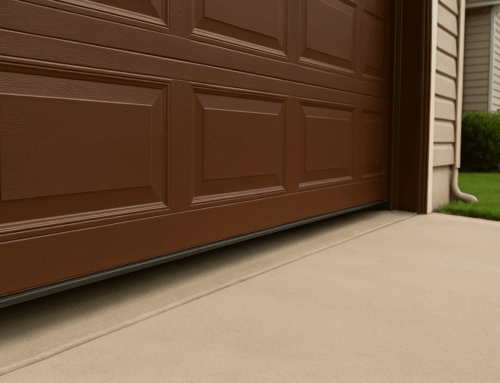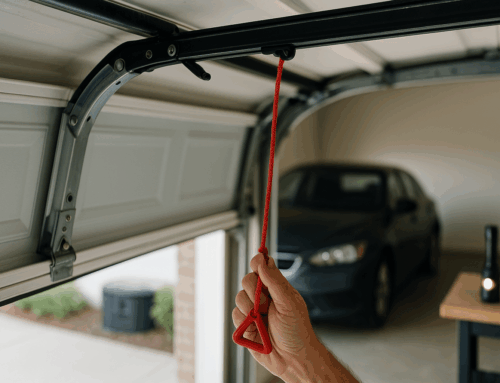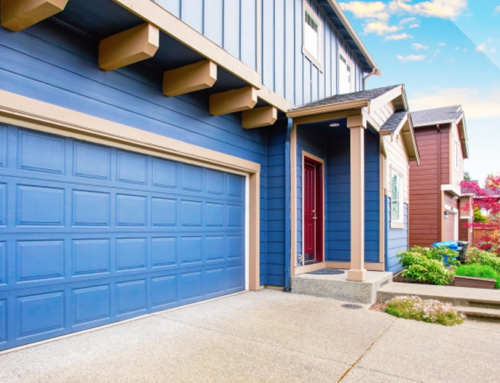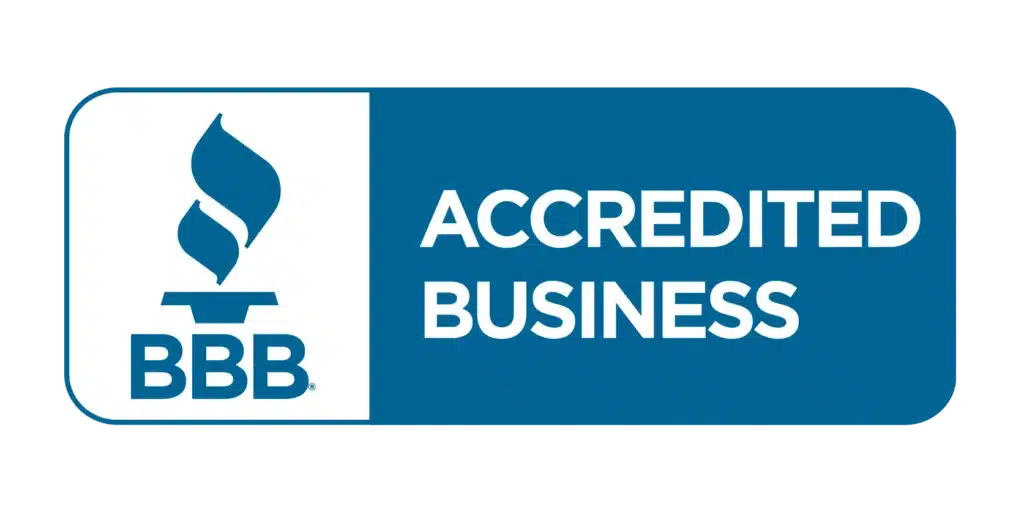Your garage door is an essential part of your daily routine. It makes leaving the house and returning home infinitely easier by automatically raising and lowering for your car. It opens at the touch of a button. It might even open with proximity or voice controls. Naturally, you want your garage door to run smoothly and reliably for as long as possible. To achieve this, you will want to consider a few simple steps of routine garage door maintenance.
Simply by keeping an eye on your garage door and providing the occasional tune-up, you can ensure that your garage door will open smoothly, insulate effectively, and respond to commands through many years of reliable service.
Best Garage Door Maintenance Tips for Homeowners
Clean Your Garage Door
Keep your garage door reasonably clean. Garage doors tend to collect quite a bit of dust and grime both inside and outside. If you want the metal or wood to remain in good condition and prevent potential grit-related damage to your hardware, routine cleaning is a good idea.
Brush down your garage door with a wide bristled broom for a light cleaning and occasionally wipe down the door with an oiled cleaner to leave the surface polished and shining. Surface care is especially important for wood-faced garage doors to keep that wood finish looking nice.
Keep the Tracks Clean
Grit, rocks, and rust can accumulate in the tracks of your garage door which can lead to shaking and malfunction. The easiest way to make sure your garage door always opens smoothly is to keep the tracks clean. Routinely wipe down the inside and outside of your garage door tracks. Clear the tracks of debris and check for any signs of dents or rust buildup.
Tighten Screws and Bolts
Occasionally inspect every fastening point in your garage door hardware. Give each a little shake to determine if anything is coming loose. A few turns of your screwdriver or the right wrench can prevent your garage door hardware from shaking apart, and ensure the door continues to work reliably.
Tightening the hardware on your garage door can also prevent potential disasters or accidents down the road, so just a few minutes of maintenance can make a big difference.
Keep Moving Parts Lubricated
Check out the moving parts. Any part of your garage door that moves should be kept properly lubricated. Modern maintenance best practices suggest a silicone-based grease for garage door rollers and 3-in-1 oil for the garage door chain. There are products sold specifically for garage doors. Lubricating the moving parts will keep your garage door from squeaking, grinding, rusting, corroding, sticking, or slowing down.
You can also oil the hinges in the door itself and any additional contact points or rollers in the system. This kind of garage door preventative maintenance is one of the most important for long-term performance.
Update the Weather Stripping
The weather stripping in your garage helps to keep out the elements. With an insulated garage door, weather stripping is essential in helping to keep your garage warm in the winter and cool in the summer. But even if you have a normal one-layer garage door, the weather stripping still keeps out dust, frost, rain, and other unwanted aspects of the weather.
Update your weather stripping every two or three years simply by removing the old strips and gluing and/or bolting on a new strip in each fold position and around the edges.
Check Safety Features
Regularly check your garage door safety features. This includes the laser obstacle detector and the auto-reverse function which prevent the garage door from trying to close when there’s something (or someone) in the way. Make sure the laser and photo eye line up and the reverse function is working.
If you have pinch-resistant hinges, keep them oiled and check their function with a wrench (not fingers). You should also check your garage door’s mechanical release that decouples it from the opener so you can manually open the garage door if the opener stops working or needs repair. These checks can help keep your family, pets, and garage items safe from a garage door malfunction.
Put Electronic Controls Through Their Paces
Most garages have electronic controls, but they can vary quite widely. You might just have clickers and a switch in the garage. Or you might have a smart home garage with voice controls and phone integration. You might have a security keypad or a smart re-assignable security keypad.
Check all your control methods about once a month to ensure they work as intended so family is able to get in and strangers are effectively kept out.
Think Something is Wrong? Trust Your Senses
Lastly, trust your senses and pay attention to early warning signs your garage door might give you. If you hear squeaking or rattling, if you see shaking or misaligned tracks, or even if you smell something off in the garage, give your garage door and mechanisms a full once-over. Go through the maintenance routine and look for problems that require professional repairs like bent tracks, jumped wheels, burrs in the metal, or burning wire casings.
If the garage door looks dangerous, disconnect the mechanical release and give us a call for repairs. If your garage door is acting slow or squeaky and these simple maintenance steps don’t help, we’d also recommend calling for an in-depth inspection.
Our team can help you keep your garage door in top condition, from routine maintenance to prompt repair or new installation services. Contact us today to learn more or book an appointment.










